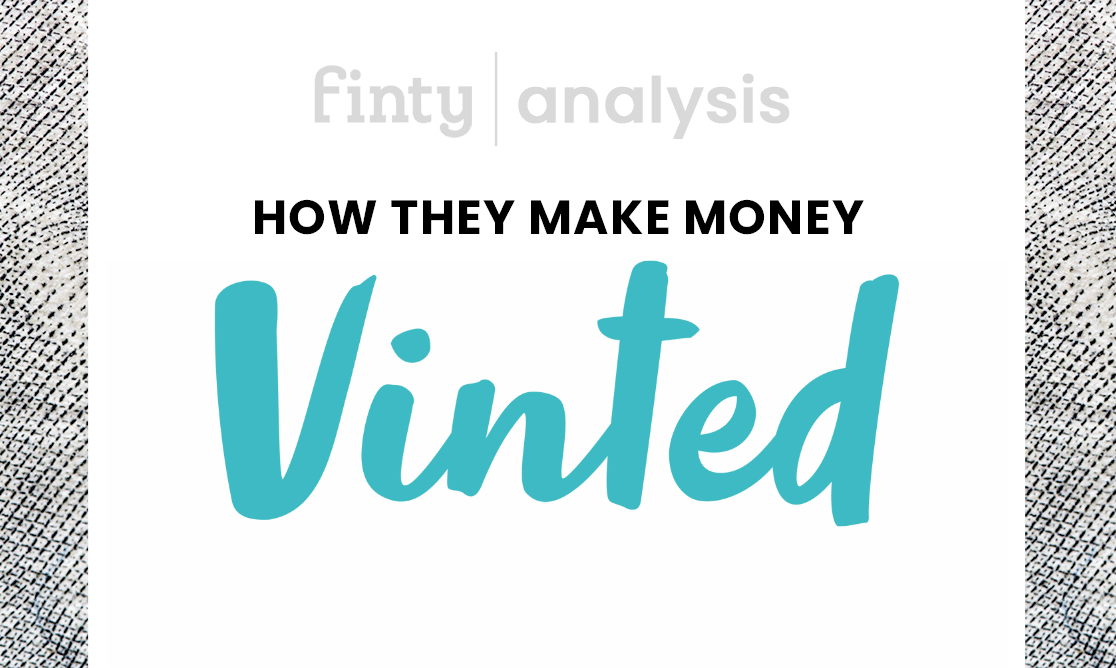- Vinted is an online marketplace for selling and exchanging fashion items with private consumers.
- Vinted focuses on selling second-hand fashion, connecting buyers and sellers through its platform.
- Vinted makes money by charging variable and fixed fees and advertising for sellers.
Milda Mitkute and Justas Janauskas founded Vinted in 2008, with headquarters in Vilnius, Lithuania. The company is one of the leading brands and websites in the fashion industry, particularly in the secondary market. The company never went public, choosing to raise capital in the VC market instead.
To date, Vinted raised more than $562-million in VC funding, valuing the company at $4.5 billion.
Vinted employs more than 1,200 people and operates in nine countries, including the US, UK, the Czech Republic, Spain, Austria, Lithuania, and Poland.
The company’s biggest markets are France and Germany.

Coming up next
What does Vinted do?
Vinted is an online marketplace operating a peer-to-peer model facilitating the sale and exchange of various fashion items in the kids, women’s, and men’s categories.
The site offers thousands of listings, with prospective buyers browsing listings and purchasing the clothing through the site.
Vinted supports sellers by offering free registration on its platform.
They also offer printed shipping labels making it easy to ship their garments to the buyer.
The model works by connecting the buyer and seller, giving the buyer the chance to negotiate pricing with the seller.
Vinted manages the marketplace, taking care of the backend of the deal.
It controls the payment and refund process, providing the buyer protection on their order and timeous delivery.
How does Vinted work?
Vinted had a rough road to its success.
The company experienced rapid growth in European markets, using the growth to expand into international markets. Vinted launched its marketplace, “Kleiderkreisel,” in 2010, intending to charge fees to users.
However, the company experienced huge consumer backlash for implementing this model.
Previously, it offered a fee-less transaction system, and the market revolted against its implementation of a fee structure. As a result, the company pulled its fee structure.
By 2016, it was burning huge amounts of investor capital to manage its operations, with no income coming to the company from its operations.
On the verge of bankruptcy, Vinted hired “Insight Venture Partners,” one of its investors, to help it cut costs.
Thomas Plantenga suggested the company close its operations in San Francisco, Munich, London, and Paris, reducing its employee count from 240 to just 150 employees.
The platform then introduced its buyer fee model to create cash flow for the company and remove the threat of bankruptcy.
Shortly after implementing this model, the company’s balance sheet returned to financial health.
How Vinted makes money
Vinted makes money by charging buyers variable and fixed fees for processing transactions.
It also runs an advertising model on its site, producing income for the company.
The $0.70 fixed fee covers costs like payment processing and shipping labels.
Buyers also pay a 5% variable fee. This fee structure to the buyer side soothed the potential of a seller revolt on its platform like it experienced in 2010 with “Kleiderkreisel.”
Vinted operates two other monetization platforms known as “Closet Spotlight” and “Bumping.” Closet Spotlight promotes a seller’s wardrobes for a fee.
Bump gives sellers added visibility for their garments, speeding up the selling process for sellers. Fees for bumps range between $0.5 and $5, depending on the item category and price.
Sellers can create public profiles where they can place reviews from buyers and collect other data sets relevant to their accounts.
The company also earns by providing buyer protection on orders, increasing user trust in the platform.
The protection allows buyers to receive a refund if the product doesn’t arrive or it is not the product shown in the listing.
Since Vinted doesn’t charge seller fees, it attracts a huge amount of sellers to its platform.
Future growth engine
The company continues to expand into European and international markets.
It maintains its fee structure, allowing for its expansion.
The integration of seller tools to the platform adds value to its offering, attracting more sellers to its site.
Competitors
Vinted’s competitors include other online marketplaces selling used garments. Some of its top competitors include the following companies.
- Depop
- eBay
- Facebook Marketplace
- Poshmark
- The Real Real
- Mercari
- OfferUp
- Tradesy
- Rebag
- Etsy

